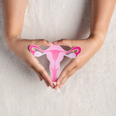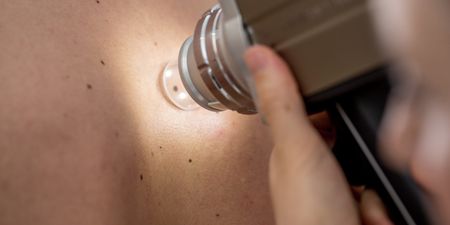Do you know someone suffering from Nutrichondria?
More people than ever are taking an active interest in their fitness and nutrition. The gym industry has grown exponentially over the last 10-15 years and is now worth billions.
This could, however, be clouding a dietary danger: nutrichondria – the term given to misdiagnosed food allergies.
If you – or someone you know – has a self-diagnosed gluten or lactose intolerance, they could be suffering from a condition which is now gripping as many as one-in-three people.
A new form of nationwide disordered eating, Nutrichondria is defined as ‘the propensity to self-diagnose food intolerances or allergies based on supposition or flawed evidence’.
Almost half of all British adults believe they have a food allergy or intolerance, despite only 15 percent having undertaken an allergy test.
Influencer impact
According to a report published by DNAFit, it is the 25-34 age group who are most likely to suffer from Nutrichondria.
A huge 57 percent of people within this category believe they have an intolerance or allergy, a situation strongly influenced by celebrities and social media.
22 percent of people diagnose themselves with a food intolerance after hearing someone famous talk about it – a huge figure when you take into account the lack of medical advice underpinning such a decision.
In a general sense, almost half the adult population state they have a food allergy or intolerance, yet just 15% have had this medically confirmed.
For the remaining 30 percent of people who self-diagnose, their decision could have a drastic impact on everything from their wellbeing and health, to relationships and bank balance.
Information overload
While there is a growing number of people taking ownership of their health and fitness, many are misled by the sheer amount of information in existence.
This has created a climate where it’s all too easy to demonise specific foods and entire food groups – leaving your health hanging in the balance.
For instance, 32 percent of people now believe they are intolerant to lactose, a milk-based protein. You will go far to find a better muscle-building fuel than dairy produce.
Whey boasts a rich amount of leucine, which, as a branched chain amino acid (BCAA) plays a vital role in building muscle. Dairy protein is also high in calcium caseinate, a form of slow-digesting protein that works well between meals or overnight.
One-in-four people also state they are gluten intolerant. Gluten alone offers little in the way of nutrition, but the foods it is found in – wholewheat carbohydrates such as bread and pasta – provide a stable energy release and a fair amount of fibre.
Your body needs fibre to make use of protein and also aid all-round digestion.
Fight off fad diets
To combat Nutrichondria, get an accurate diagnosis.
In addition to consulting your doctor, DNAFit have launched a home-test kit to help people adapt their lifestyle and diet.
This home-test provides users with a breakdown of their macro and micronutrient needs, identifies potential food allergies and suggests dietary changes based on genetic pre-dispositions.
The best diet is one you can adhere to – not the age-old chicken, broccoli and brown rice four times a day.
Cyclic dieting is proving to be a particularly effective method. Recent research found just three days of dieting per week could help you lose weight.
First, work out how many calories you need to maintain your current weight. Then take 33 percent of that figure.
For three days of the week, consume this amount of calories – which takes you into a deficit. For the remaining four days, feel free to eat at your maintenance level.
This promotes adherence and doesn’t restrict you to blacklisting certain foods – so long as they can be factored in to energy intake.























































